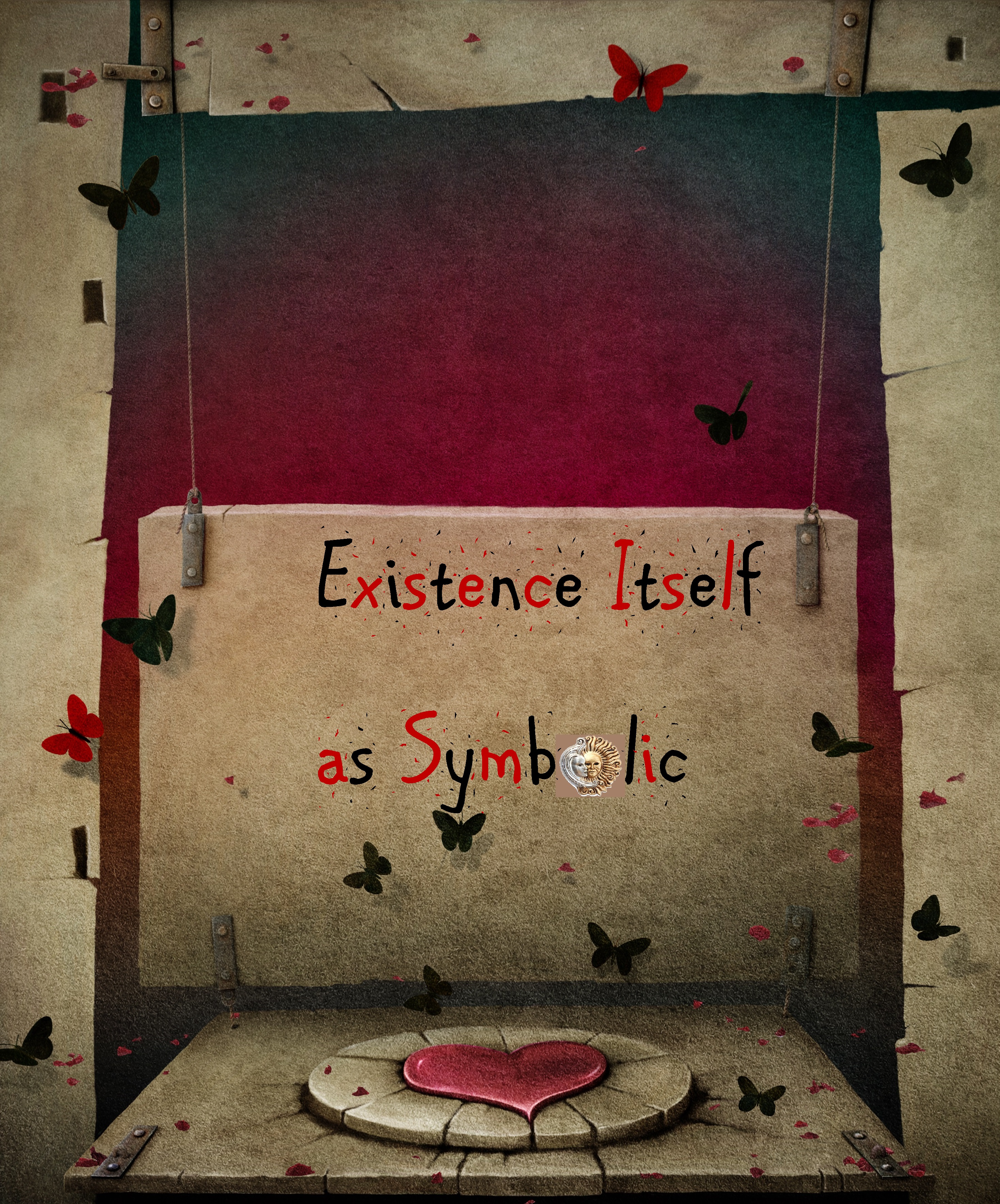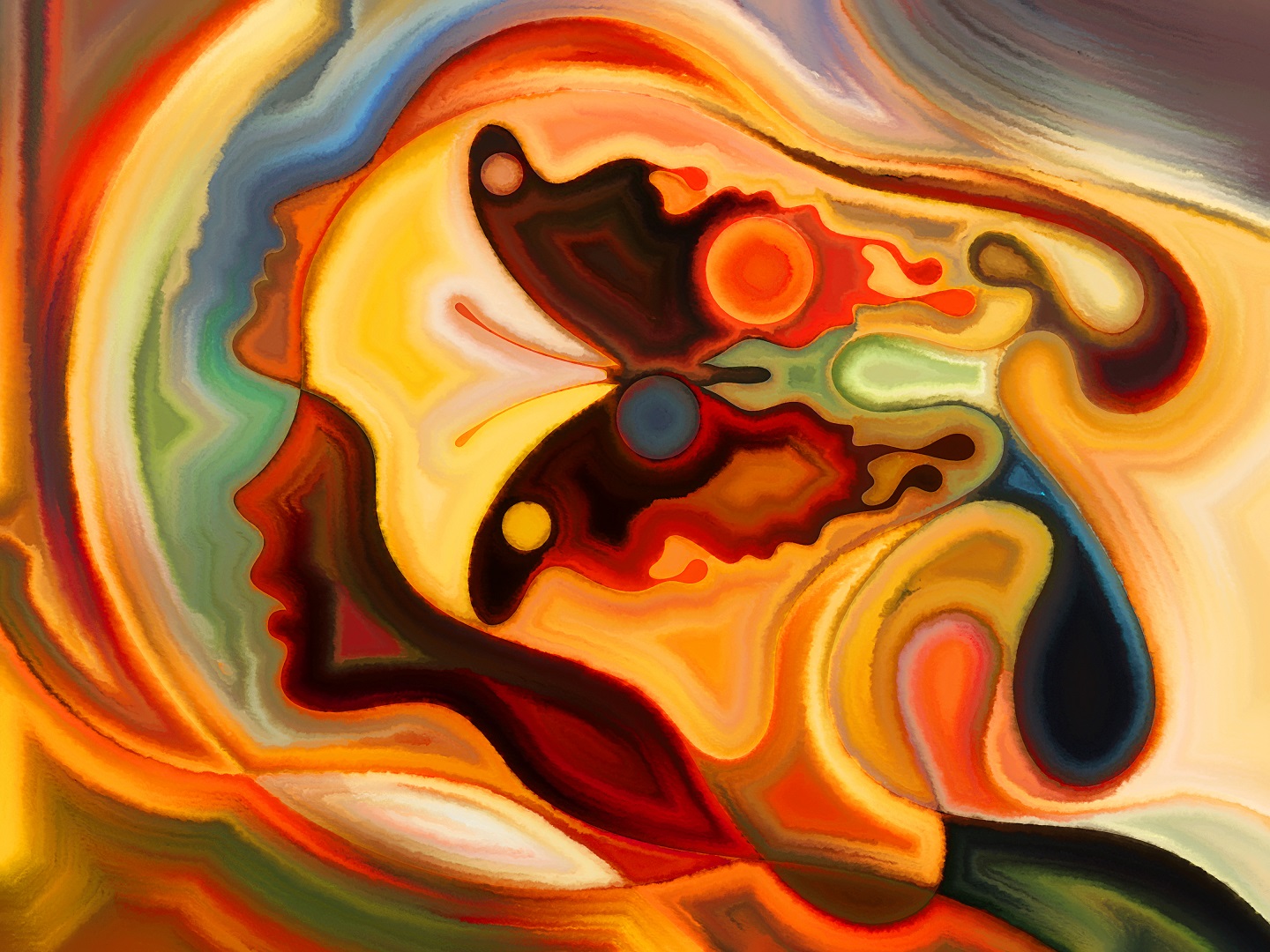
We could probably attribute the differences between the Freudian and Janetian understanding of what constitutes dissociation to formative influences and natural tendencies. Janet, for one, was a scrupulous empiricist who abjured theory and came equipped with an eagle eye for clinical particularities. He refrained from making overarching generalizations and kept well within the constraints of nineteenth-century psychiatry and medicine. Freud, on the other hand, appropriated inveterate, creative propensities and a burning desire for fame and domination to initiate a radical departure from scientific conventions. He was an empire-building patriarch whose epistemological preference for universal theory over clinical practice implicitly led to the development of an institutionalized psychotherapy (the school of psychoanalysis) with its coterie of trained and proletarian devotes; its rigid hierarchical structure; its specialized publications; and its religious adherence to core dogma. Freud was a man yearning for revolution on a cosmopolitan scale whereas Janet was contented with kudos by his immediate peers and compatriots. Freud actively sought short-cuts in climbing to the uppermost echelon of psychiatry; Janet remained reticent when it came to public declarations and let his wealth of publications do the talking. Both of these intellectuals seem to have entered the psychological laboratory with the same prima materia, namely a clinical interest in psychotherapy and hysteria, however at the culmination of their life-long alchemical operations they’re left with innately different ultima materia–Janet with cosmic laws and theorizations for a subconscious and Freud with respective ones for an unconscious.
Freud recast dissociation under his repression model where it was now perceived as a splitting of consciousness actively perpetrated by an ego-conscious in the service of defense. Under ‘repression’ mental content deemed detrimental to normative psychological function is turned away and sunk into an abyssal asthenosphere, an unconscious region that is itself an antithetical, inverted consciousness. Perhaps the Freudian relation between conscious and unconscious is best understood through the metaphor of an hourglass in a three-legged stand; just as the interconnected vertical glass bulbs allow a constricted dribble of rubicund grains from top to bottom in its efforts to measure time, so too does the human psyche allow for a deliberate disposal of explosive mental content from the personalized stream of consciousness through an intrapsychic conduit in its efforts to scale down the prodigious magnitude of a traumatic event or memory. Conscious extensions sloughed off when such psychic defenses are activated are not secondary creations; they are merely subtractions of the conscious mind that drop into the container of the unconscious and are intentionally forgotten in the same way that geneticists engaged in recombinant DNA research recourse to gene-editing techniques in order to cut out diseased DNA from the integrated human genome. Further, this inherent mechanism of pinching out hostile realities is a normative albeit adaptive function of human consciousness not in the least bit confined to hysterical neurotics and the continuum of conditions that comprised phenomenological markers for the mentally disabled. It requires the expenditure of copious amounts of libido or sexual energy to repress and then keep something repressed; once mental contact is encrypted in such a manner its underlying nature can only be remembered inferentially, either through dream symbolism or symptomology. Freud differentiated between different types of defense neurosis, attributing each to a specific constellation of formative sexual experience, and he conceptually dawdled behind Darwin’s ‘survival of the fittest’ motif, the evolutionary theory of natural selection, in admitting that genetic predisposition could be a key aetiological player. Quintessential in his interpretation is the idea of consciousness as a unitary phenomenon.
Conversely, Janet’s dissociation is a cognitive deficit typical of hysterical patients that creates a tapering of consciousness akin to that witnessed in hypnotic states. In such a pathological condition, the conscious trajectory becomes so narrow as to circumvent a percentage of sensory stimuli from entering the primary field of presentation completely. These are not discarded but drop into a secondary stream of mentation, a subordinate coconscious container called the subconscious. If we were to transpose the metaphor of the hourglass to Janet’s model, there would be another miniature bulb contained within the upper glass bulb with a much slighter concentric opening than the latter; in this way rubicund grains (our allegory for mental content) dropping down from peripheral locales could proliferate in the lower glass (the subconscious) without having to traverse the smaller container (the tapering conscious and habitual personality) first. There is no intrapsychic conduit connecting the conscious and the subconscious; the second is merely a powerful storehouse of transient sensations like pain and tics along with perceptions like fixed ideas and memories connected with traumatic experience usurping or intruding upon the personal field of presentation. As a pathological entity that arbitrates a passive process of integrative failure, the subconscious encompasses no objective existence outside abnormal psychology. It is, strictly speaking, a pathogenic byproduct of mental illness ephemeral in nature and evaporates once the dissociated system of ideas and functions are reintegrated with the authentic personality. In Janet’s model, the breakdown of integrative functioning prohibits cognitive processing of a wide continuum of external stimuli and leads to somnambulism or mental disaggregation. A treating doctor can gain exclusive and direct access to the dissociated content in one-on-one conversation once the ailing individual has been forced into switching the trajectory of awareness onto the subconscious field through hypnotherapy; hence a predisposition to being hypnotized is a sine qua non of dissociated states, hysteria, and mental disaggregation. Surprisingly, Janet did not toe the line with respect the nineteenth-century belief in inherited susceptibility to all diseases, yet he concurred with the conviction that genetic factors played some kind of a role in hysterical neurosis. Janet’s interpretation does not preclude the possibility of double or multiple nuclei of consciousness within a single individual.
Lamentably the antipathic sentiments fuelling the intellectual feud between Janet and Freud in the late nineteenth and early twentieth centuries completely overran any chance of personal and professional reconciliation, robbing them of the mutual benefits and honours that such towering collaborations can nurture. It also induced a severe subtype of cerebral myopia, an either-or vision that encumbers one from seeing the advantages and intrinsic worth of a rival’s theories and practices, or alternatively how foreign ideologies might complement or fill conceptual loopholes in one’s own. Their trivial squabble prevented them from conceiving of an all-embracing theory able to resort to dissociation-as-deficit and/or repression-as-defense when explaining the aetiology of hysterical neurosis. Who’s to say that a hysterical patient suffering from mental disaggregation can’t actively repress something? While both Freudian repression and Janetian dissociation involve disremembering, there’s a qualitative difference between the disremembering that occurs in mental illness and the disremembering employed by a healthy, integrated conscious; the pathological variant is dramatic and automatically rescindable, whereas the nonpathological one is subtle and inferable only through unconscious derivatives. If each interpretative model of dissociation refers to a different psychic phenomenon then it becomes patently obvious that an abridgment of the two would have provided both men with experiential and proficient clarification of clinical data that did not harmonize with the diagnostic criteria of their preferred model.
Blinded by personal spite, Freud avoided crediting Janet in his papers and scoffed at mentions of a subconscious or what he described as “an unconscious consciousness”. He openly dismisses subpersonalities as nothing but psychic complexes successively activated by the ego-conscious:
“The cases described as splitting of consciousness. Like Dr. Azam’s might better be denoted as shifting of consciousness–that function–or whatever it be–oscillating between two different psychic complexes which become conscious and unconscious in alteration.
We shall… be right in rejecting the term “subconscious” as incorrect and misleading. The well-known cases of “double conscience” (splitting of consciousness) prove nothing against our view. We may most aptly describe them as cases of a splitting of the mental activities into two groups, and say that the same consciousness turns to one or other of these groups alternatively. In psychoanalysis there is no choice for us but to assert that mental processes are in themselves unconscious, and to liken the perception of them by means of consciousness to the perception of the external world by means of the sense organs.”
Freud’s professional contraventions did not go unnoticed. The British psychiatrist William McDougall (1871-1938), for instance, levelled sharp criticisms towards him for dismissing the subconscious without any hard evidence. “Freud offers no good reason for rejecting the very strong evidence of coconscious activity.” To this he adds, “But [Freud’s] explanation [of double personality as “oscillation between two different psychical complexes which become conscious and unconscious in alternation”] is not applicable to such a case as Doris Fischer, for here we seem to have good evidence of two or more psychical complexes being simultaneously conscious.”









